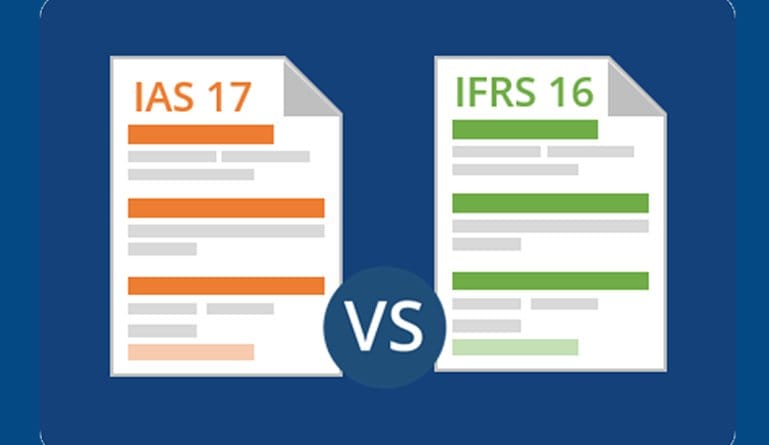Content

When the totals are same, you may close the trial balance. It is also important to note that even when the trial balance is considered balanced, it does not mean there are no accounting errors. For example, the accountant may have failed to record an account or classified a transaction incorrectly. These are accounting errors that would not show up in the trial balance. BILL and its affiliates do not provide tax, legal or accounting advice. This material has been prepared for informational purposes only, and is not intended to provide, and should not be relied on, for tax, legal or accounting advice.
If this isn’t the case, try halving the difference and seeing if a balance of that amount has been included in the wrong side of the trial balance, where it would have a double impact on the discrepancy. The definitions are written with their requirements in mind. More detailed definitions can be found in accounting textbooks or from an accounting professional. Xero does not provide accounting, tax, business or legal advice. The totals at the end of the trial balance need to have dollar signs and be double-underscored.
Post to General Ledger
The trial balance is used to ensure that the ending total of all debits recorded in your general ledger equals the ending total of all credits that are recorded. If any errors listed above slip through the cracks, there’s a good chance that someone will notice the discrepancy when the financial reports are prepared. Even with these potentially lurking errors, the trial balance is a useful tool and the essential first step in developing your financial reports. \nIf any errors listed above slip through the cracks, there’s a good chance that someone will notice the discrepancy when the financial reports are prepared.
Accounts are listed in the accounting equation order with assets listed first followed by liabilities and finally equity. The total of both sides means the debit and credit sides should be equal, as, for any transaction, there would be a debit and credit for the same amount. It is made up of three parts, namely; particulars column, Preparing A Trial Balance For Your Business debit column and credit column. The particulars column entails a short narration of the name of the account with either a debit or credit value. When preparing the trial balance, the balance brought down (bal b/d) is the one considered. Such that if the balance is a DR balance b/d, it is recorded on the DR side of the trial balance.
What Is a Trial Balance and Why Is It Important?
Sage 50cloudaccounting offers both a summary and detailed trial balance report, along with a comparative trial balance that allows you to compare trial balance totals for two periods. There are also net changes for the period trial balance report that provides a good view of all changes made during an accounting period. Both the unadjusted and the adjusted trial balance are listings of the ending balances of all of your general ledger accounts. If you’re entering accounting transactions manually or using spreadsheet software, running a trial balance is a must. If you’re using accounting software, you can still run a trial balance at the end of the accounting period to ensure that your ending balances look right. There is a discrepancy of $500 between the debits and credits.
- If the trial balance does not balance, an error most unquestionably exists.
- INVESTMENT BANKING RESOURCESLearn the foundation of Investment banking, financial modeling, valuations and more.
- A trial balance is a financial report showing the closing balances of all accounts in the general ledger at a point in time.
- There are two ways to prepare an adjusted trial balance.
- The trial balance is a source of locating errors in a company’s ledger.
Once you discover your error, repeat steps three through five to see whether your numbers now match. Repeat this process as necessary until you get matching totals. Perform the same calculation for your debit column. Again, this is simply a sum of all the debits of your accounts for that period. Our solutions for regulated financial departments and institutions help customers meet their obligations to external regulators.
Create your free OpenLearn profile
Assume that a trial balance is prepared with an account balance of $21,740 listed as $2,174 and an account balance of $4,500 listed as $5,400. Similarly, the balances of accounts relating to income or revenue show income earned from each source in the accounting period to which the trial balance relates. This fact provides a reasonable assurance that every debit entry in the ledger accounts does have a corresponding credit entry and that no arithmetical error has been made during the balancing process.
It also serves as a review stage to point out discrepancies and rectify them. It’s usually the first stage of preparing official financial records and statements. When the trial balance does not balance, try re-totaling the two columns. If this step does not locate the error, divide the difference in the totals https://kelleysbookkeeping.com/ by 2 and then by 9. If the difference is divisible by 2, you may have transferred a debit-balanced account to the trial balance as a credit, or a credit-balanced account as a debit. When the difference is divisible by 2, look for an amount in the trial balance that is equal to one-half of the difference.
The left column should show all debit balances, and the right column will show all credit balances. Add up the sums for each side to ensure that they are equal. Creating a trial balance sheet and making sure the debit and credit columns are equal are two necessary steps toward drafting an accurate financial statement.
- Accounts relating to expenses (purchases, wages, carriage, rent, etc.) show the total of their respective items over the accounting period.
- Adjusting entries can include adjustments for prepayments, interest and depreciation expense, and payroll accruals.
- The unadjusted trial balance is the first report that you will run.
- Total debits should equal total credits for the trial balance to be correct.
- Thus it is very important to make sure that in every step of the accounting cycle that all transactions are entered correctly and accurately to minimise the occurrences of the above errors.
The computer and bank loan accounts have single entries on one side, like the furniture account, so they need to be treated in the same way. The furniture account has a single entry on one side. This amount is the total as well as the balance in the account. Keen to see how a basic trial balance may look? This is something you or your accountant will complete every time there’s a transaction made by your business.


